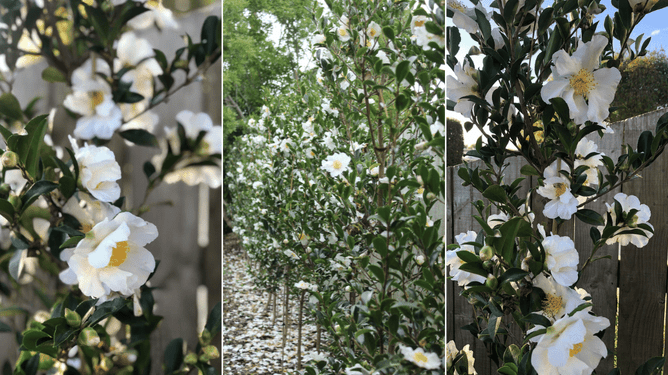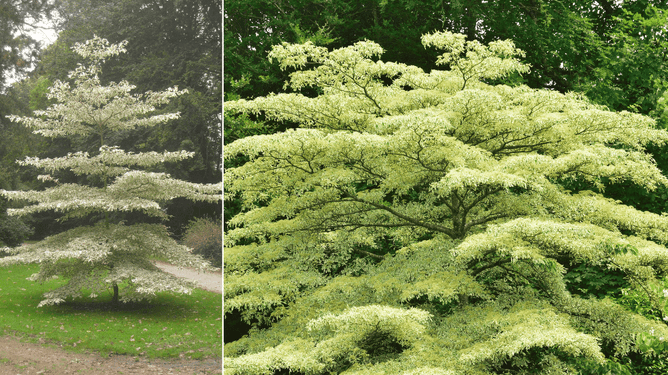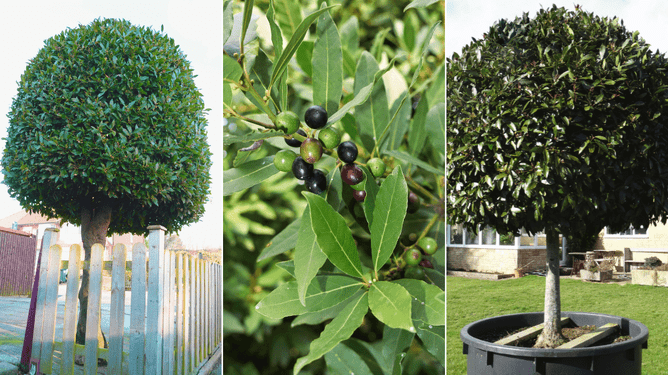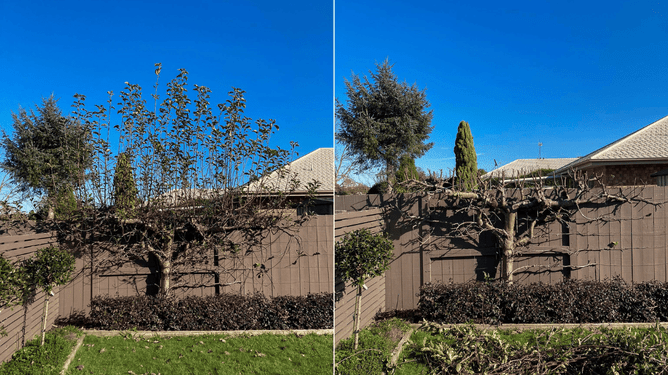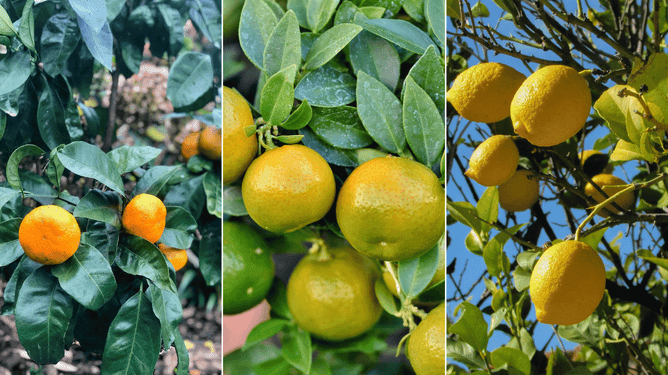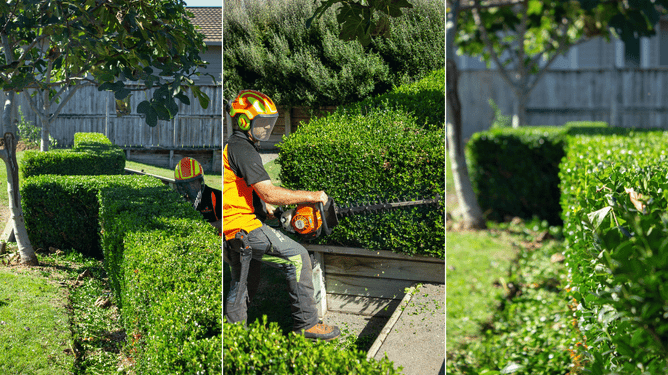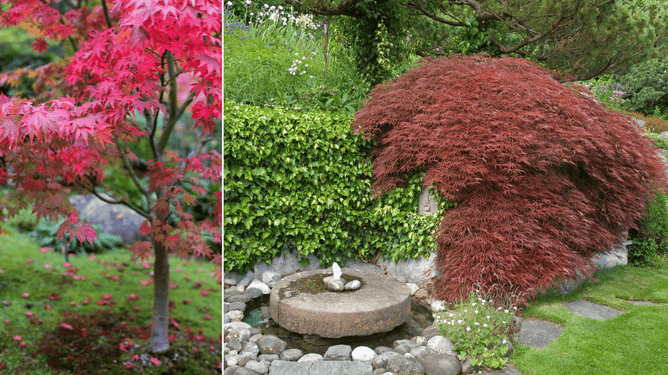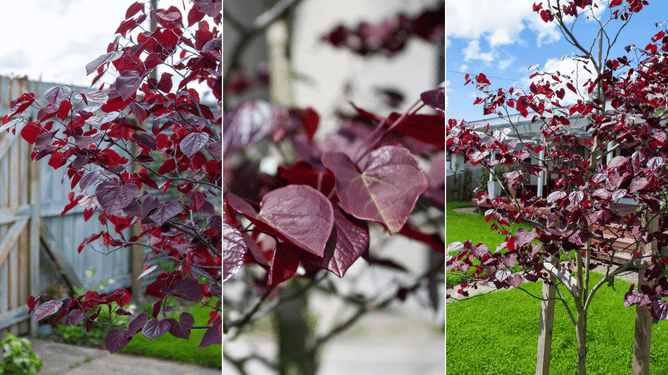Many New Zealanders have been shifting to smaller residential sections over the years. This is likely due to a combination of factors such as urbanisation and the increase in land prices.
Although, size doesn’t matter when it comes to gardens. You can create a beautiful outdoor space and make the most of every square inch.
If you want to plant trees in your small garden, think of what you want to achieve and then research the best trees to plant in your area. For example, consider growing a hedge if you're going to plant trees to give you privacy. Or, if you want to have some shade, consider a tree with a canopy.
We have listed our top 8 trees to plant in small gardens that will maximise your space and offer extra benefits.
Camellia Tree
Camellias benefit small spaces, either as a hedge or tree, planted in a container or as a standard. It also looks great espaliered.
The evergreen tree has attractive foliage and smell, making it a great addition to a small garden. They provide structure and substance to the garden all year round. Creating a hedge with camellia trees is also a great way to get privacy.
Cornus or Dogwood Tree
This deciduous tree is excellent for small gardens if you want more autumn tones.
In spring and summer, dogwood trees flower in various colours like red, pink, white or cream.
They can survive and thrive in various locations but need a cold winter for maximum flowering in spring. Choosing the suitable variety of Cornus for the right conditions is vital because they can become susceptible to diseases.
For example, winters in the Waikato region are warm, so we recommend planting the Cornus Eddies White Wonder because it can cope with warmer winters.
Bay Tree
This evergreen tree is easy to grow in the garden or pots. Since it has thick foliage, it’s perfect for formal planting and great as a screen tree or feature tree. Bay trees were trendy in the English gardens in the Victorian era.
The aromatic leaves are often used in various recipes to enhance flavour. The bay tree is easy to maintain. It requires pruning and shaping in summer and can be harvested anytime during the year.
Fruit Trees (Apple, Pear, Plum, Feijoa)
Eating a ripe fruit straight up from the tree is one of the best feelings. If you have space in your garden, why not do it? You don’t need a big orchard to plant edible trees.
Before planting any fruit trees, research your local climate and what best fruit tree will suit that climate. If you need help, visit your local nursery or ask your local arborist.
Fruit trees can be planted in many different ways, like a hedge, an espalier, in containers and topiaries. Even though they will provide your family and you with fruit, some fruit trees can offer shade, blossom in spring and elevate your garden into a beautiful space. Find out what will work best for your small garden and start planning.
Planting fruit trees in pots is excellent if you want to restrict a tree’s size and if the soil is poor. Although, planting in pots does mean more watering and feeding.
Feijoas are great to grow as a hedge. On top of providing great fruit in winter, they bring shelter from the wind with their thick foliage.
Fruits are the sweetest and crunchiest when picked straight from the tree. You will get so much satisfaction from growing your food, knowing where it comes from, and being free from chemicals.
Espalier Fruit Trees
Espalier is an old agricultural practice that is very eye-catching and a unique feature to have in a small garden. Fruit trees like apples, plums, peaches and pears are perfect to create an espalier.
The benefits of espaliered fruit trees are the following:
It will get more sunshine than the natural tree shape
More shelter and warmth, therefore, better crop production
Pruning is necessary when the plant is dormant and to help develop a good branch structure for heavy crops. In summer, water deeply, add mulch and apply fertiliser.
At Marc Doyle Treework, we have planted and pruned fruit trees into espaliers. So we have the knowledge and experience with this practice. If you want to start growing your fruit trees or other trees like an espalier, send us a message.
Citrus Trees
Citrus trees, like lemons, limes, oranges, mandarins and grapefruit, are another great addition to small gardens, and like other fruit trees, they provide an abundance of fruit.
They can either be planted in rich soil or containers. But before that, pick a citrus variety suitable for your garden and cooking needs.
Ensure the tree is in a good sunny spot in the garden, so it thrives. To avoid insect pests and diseases, ensure watering and nourishing citrus trees during summer.
Pruning citrus trees is essential to maintain overall health, prevent diseases, and obtain quality fruit. When pruning in the first 2-3 years, only prune to shape the tree. After that period, start removing dead wood or broken branches and remove branches to allow more light into the citrus tree.
Always harvest fruit before pruning.
Buxus Hedge
A buxus hedge is a traditional evergreen tree used for low and impactful hedges.
The box hedge is perfect for those who love neat and well-defined borders. It is easy to grow and low maintenance since it doesn’t grow too fast. It only needs trimming a couple of times a year.
The buxus blight disease is becoming more and more common. It causes dieback and browning of the plant leaves, which then fall off. To help prevent the formation of this disease:
Prune
Improve the airflow around the plants
Water only at the base of the plant, not the leaves
Feed with fertiliser to boost healthy green growth and to resist any disease
Maple Trees
Maple trees are a great addition to any garden size because of the beautiful autumn leaf colours and foliage during summertime.
Japanese maple, also called Acer, is one of the most common and planted maple trees in New Zealand.
There’s a wide variety of Japanese maple trees to choose from, in all shapes and sizes, from upright and bold, to weeping and small.
We recommend visiting a local nursery to check out the variety of maple trees available and to see which one fits best with your garden.
Forest Pansy Tree
This heart-shaped purple-leaf deciduous tree is perfect for small gardens since it grows no less than 4m and is 3 to 4m wide.
In spring, the tree is covered in tiny pink blossoms and will continue to grow into deep purple foliage.
If you are interested in adding this beautiful small tree to your space, ensure a sunny and open area for the forest pansy tree. It is also better to have a bit of shelter from strong winds.
Please contact us if you need help planting trees for a small garden. It can be overwhelming not knowing where to start, but our team has the experience and knowledge to help.
If you know which trees to plant, do you know how to plant them? Look at our How To Plant A Tree for more information.
